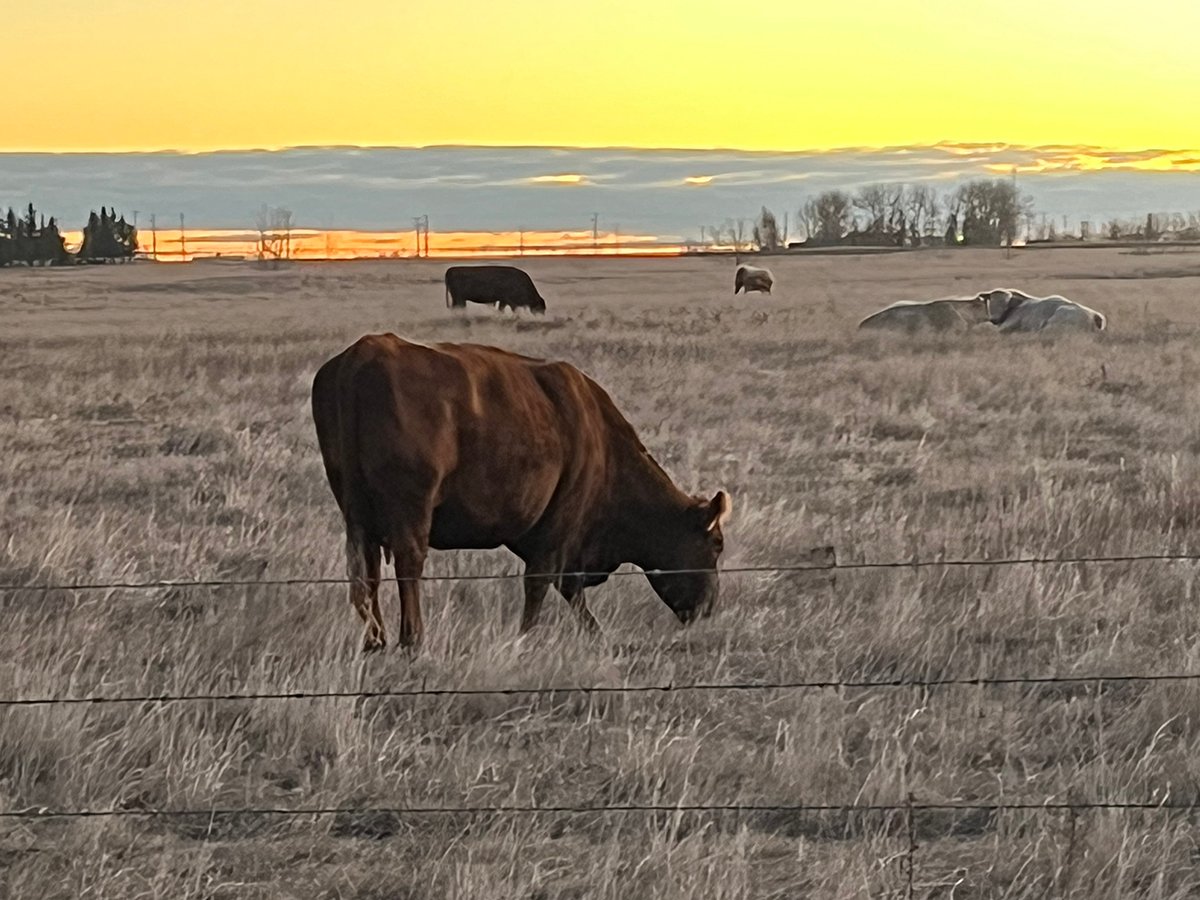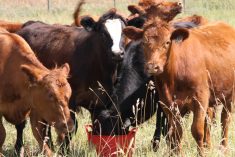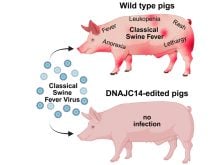My practice has seen a number of atypical interstitial pneumonias in the last several years that caused sudden deaths in healthy mature cows and bulls.
These lung conditions crop up sporadically from late summer to early fall, so now is a good time to review the disease.
Atypical interstitial pneumonia, also known as fog fever, is characterized by enlarged lungs caused by edema (fluid) and emphysema (air) trapped inside. Mature cattle have great difficulty breathing and can die quickly of asphyxiation.
The condition is generally associated with a recent change to a better quality, lusher pasture, normally 10 days after pasture turn-in.
Read Also

Animal protection delivery to change in Saskatchewan
The Saskatchewan government is looking for a new agency to handle animal welfare after Animal Protection Services of Saskatchewan decided not to renew its contract next year.
It usually happens in only one or two animals but can also occur in an outbreak form.
Mortality is high.
It is easy to see why treatment is often futile when looking at these much expanded lungs during an autopsy.
Recommended treatment includes antihistamines, non steroidal anti-inflammatories and diuretics to remove the excess fluid. Antibiotics are given to prevent secondary infections in the lungs.
However, no treatments produce ideal results and recovered cattle may suffer from long-term emphysema with reduced lung capacity.
Farmers can be caught off guard because they don’t expect pneumonia in cows on pasture.
Producers who have one case diagnosed should be on the lookout for more cases.
Cows and bulls found alive will have extended necks with open mouth breathing. They may produce fluid or froth, and the stress of treatment can be enough to cause collapse and death.
A specific amino acid found in forages leads to this allergic type of pneumonia when converted.
Prevention is the only way to go and is a fairly cheap fix.
A good preventive measure if one case has been diagnosed or a pasture has had this disease in the past is to make dry feed available to cattle as they move into the new pasture.
Allow the cattle to gradually increase their grazing time over several days, although this is easier said than done in most cow-calf operations.
Feeding ionophores, specifically rumensin or bovatech, prevent this amino acid conversion and significantly reduce the incidence.
They need to be started at least a day before making the pasture change and must be continued for at least 10 days. A veterinarian can provide a prescription for these products in minerals or grain.
Clinical exams or post mortems should be done if a case occurs to accurately identify the problem and provide proper treatment.
A veterinarian will rule out conditions such as lungworms, the BRSV virus or a true allergy causing edema, such as an allergy to a penicillin injection or a severe bee sting.
Veter inarians usually have no trouble differentiating these on a gross postmortem.
Cows that are found in respiratory distress from this disease can be emergency slaughtered because there is usually no fever and the cause is not infectious. The key is finding them in time.
Producers can curb this sudden killer with proper pasture management and pretreating with ionophores. It is often the healthiest cow or bull that is affected.
It has not been proven, but I have seen this run in family lines, which points to a possible genetic predisposition.














